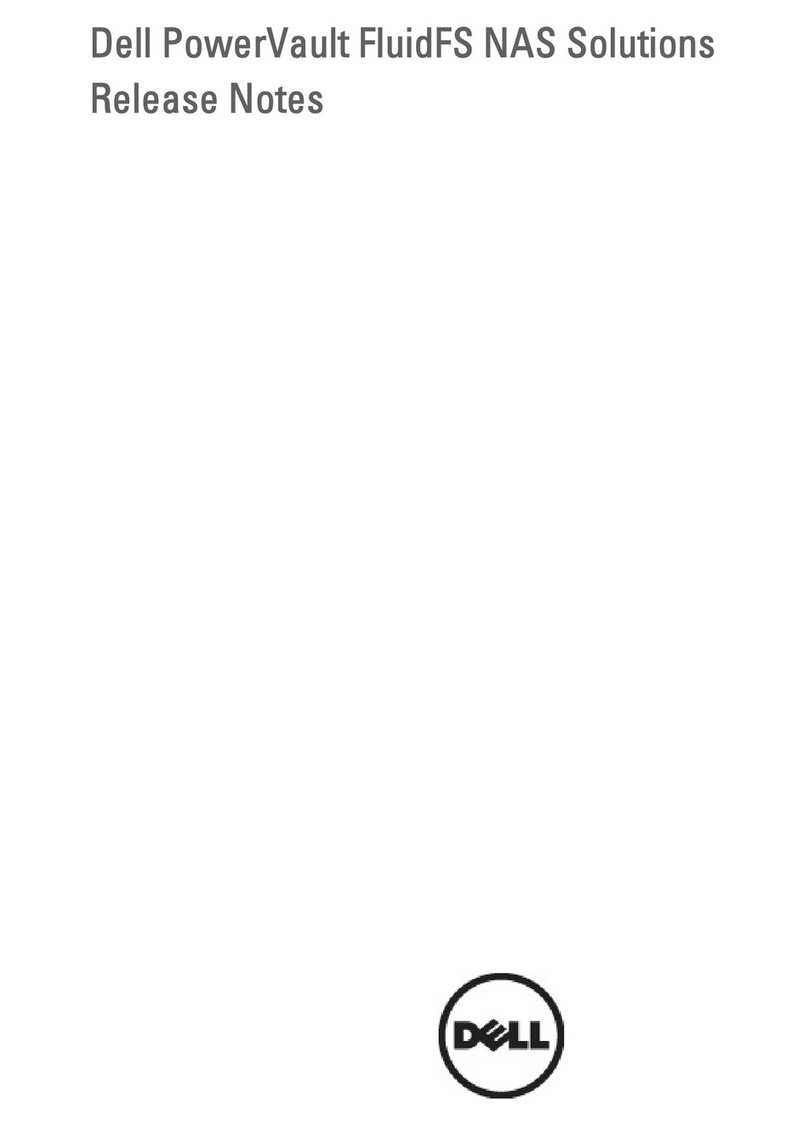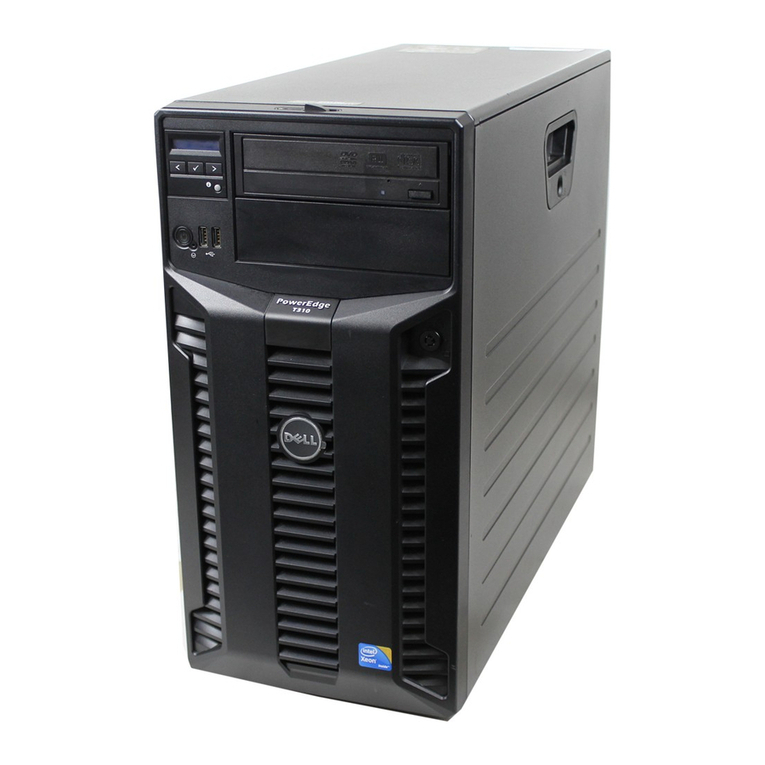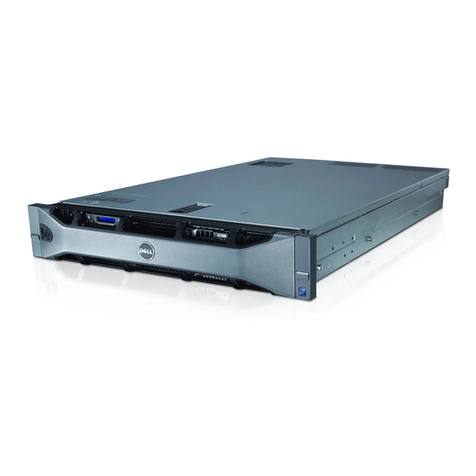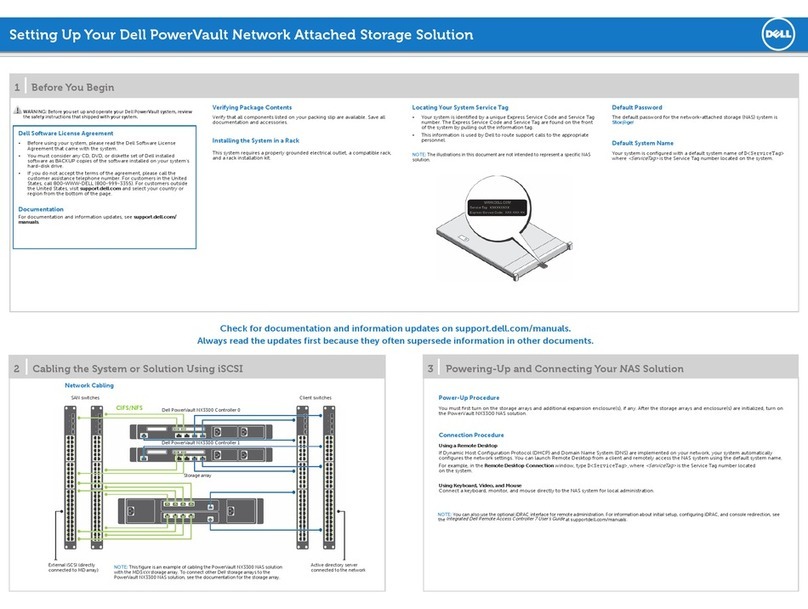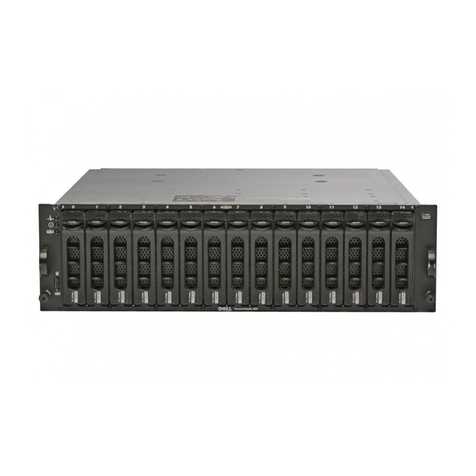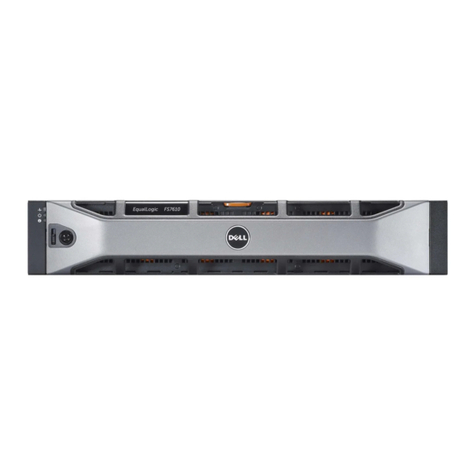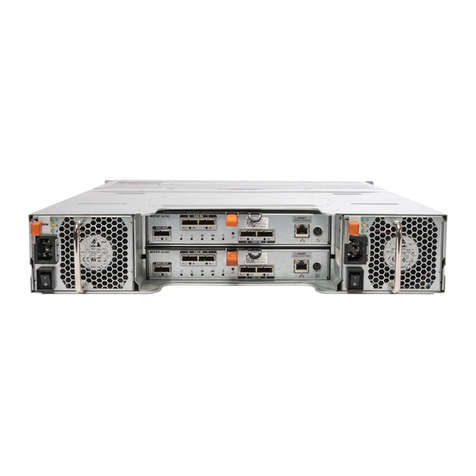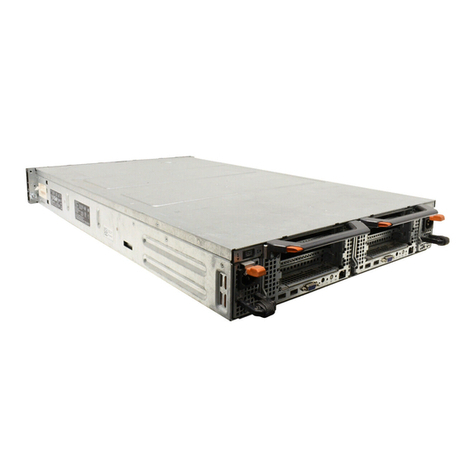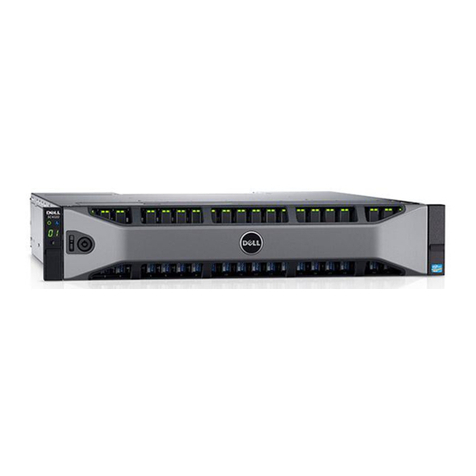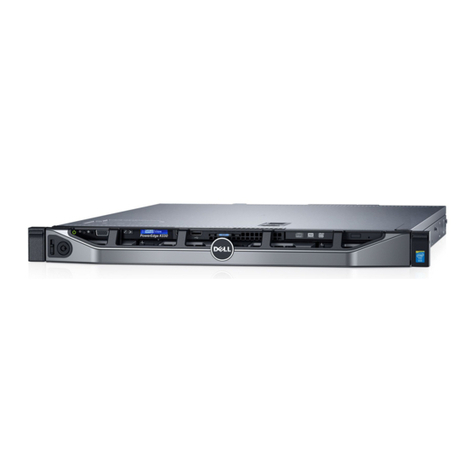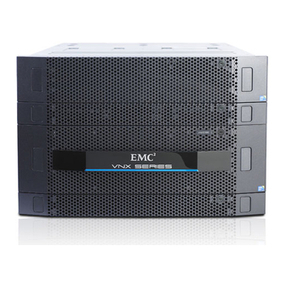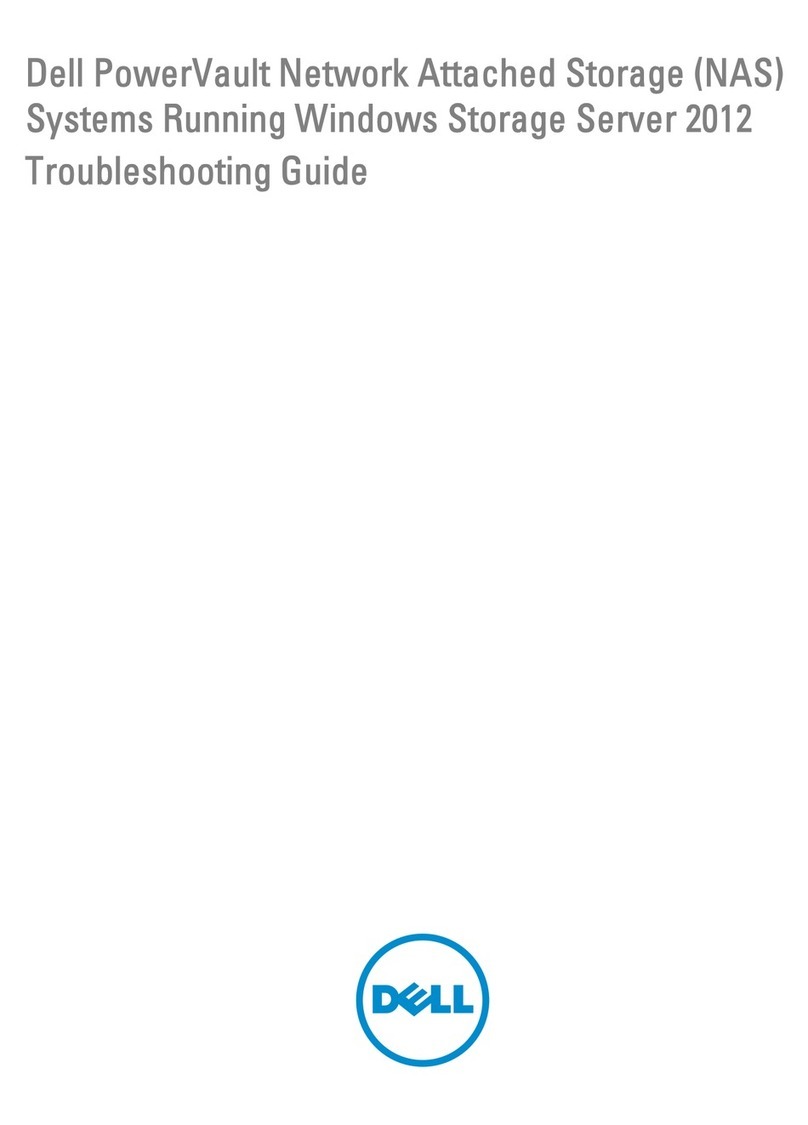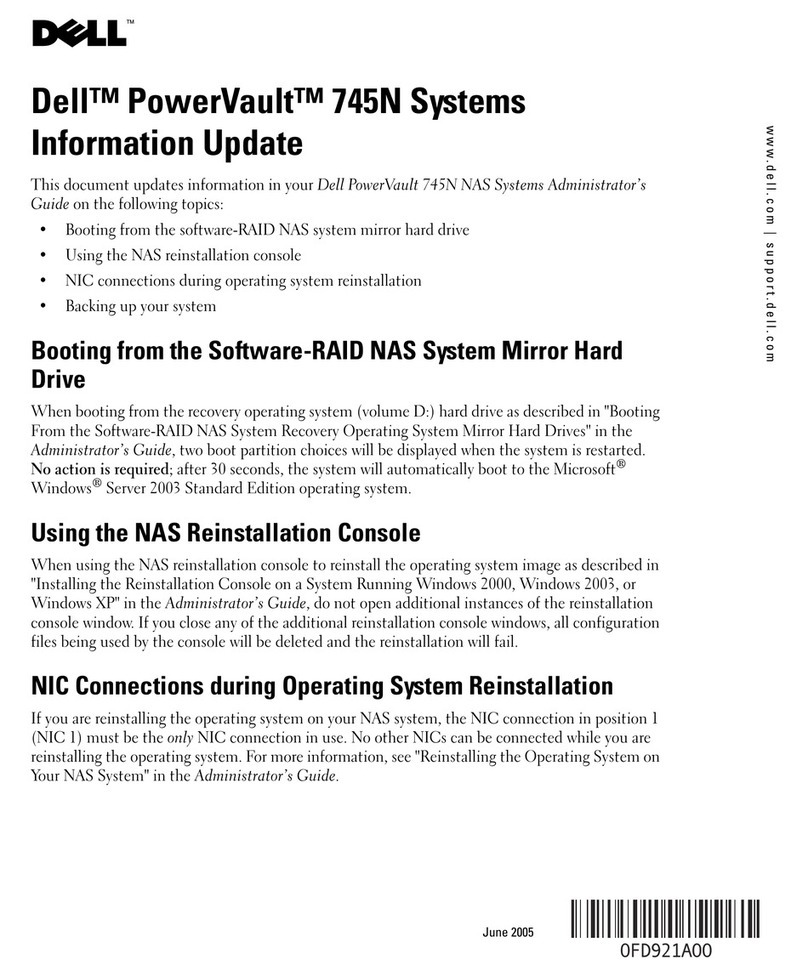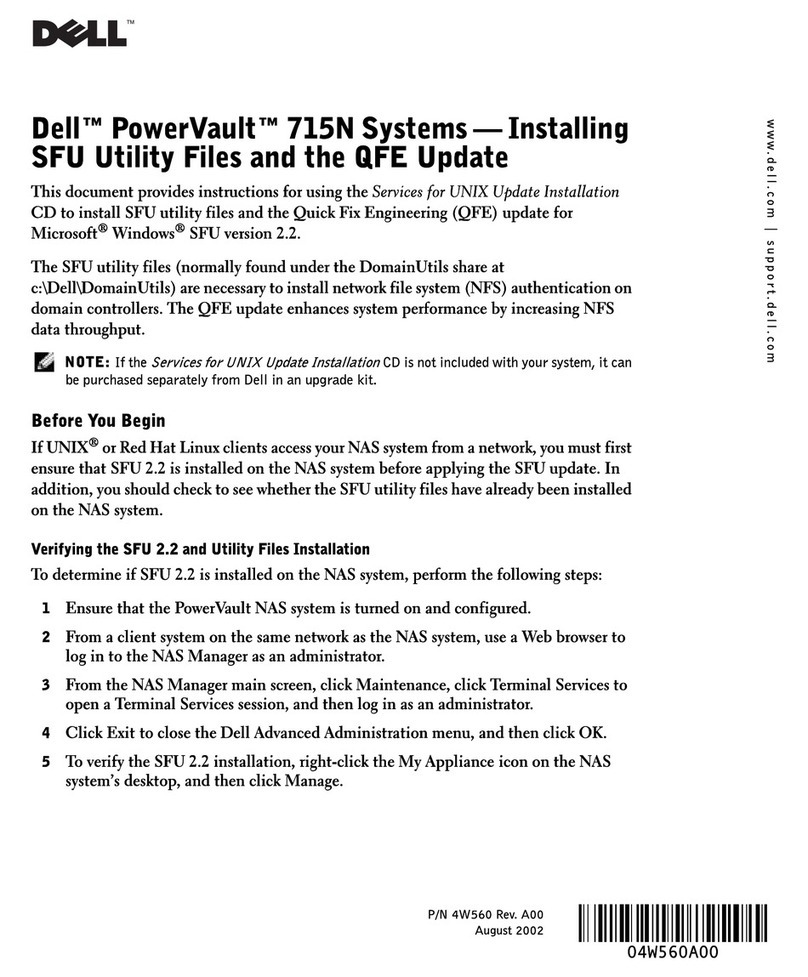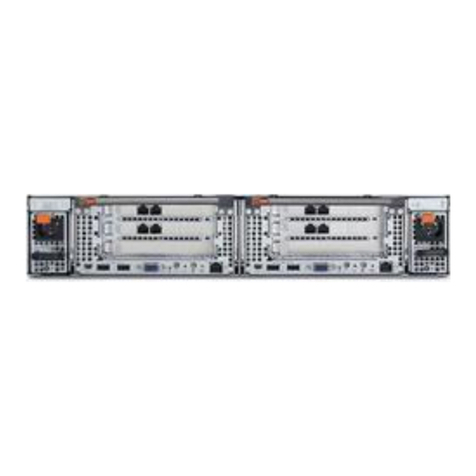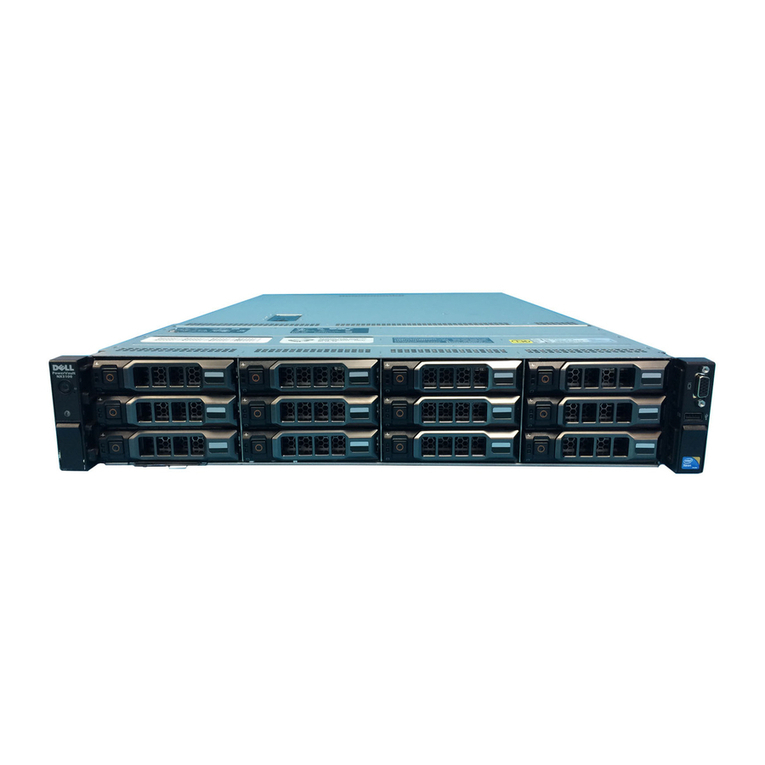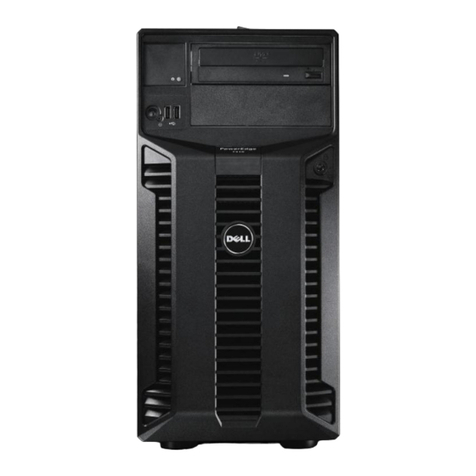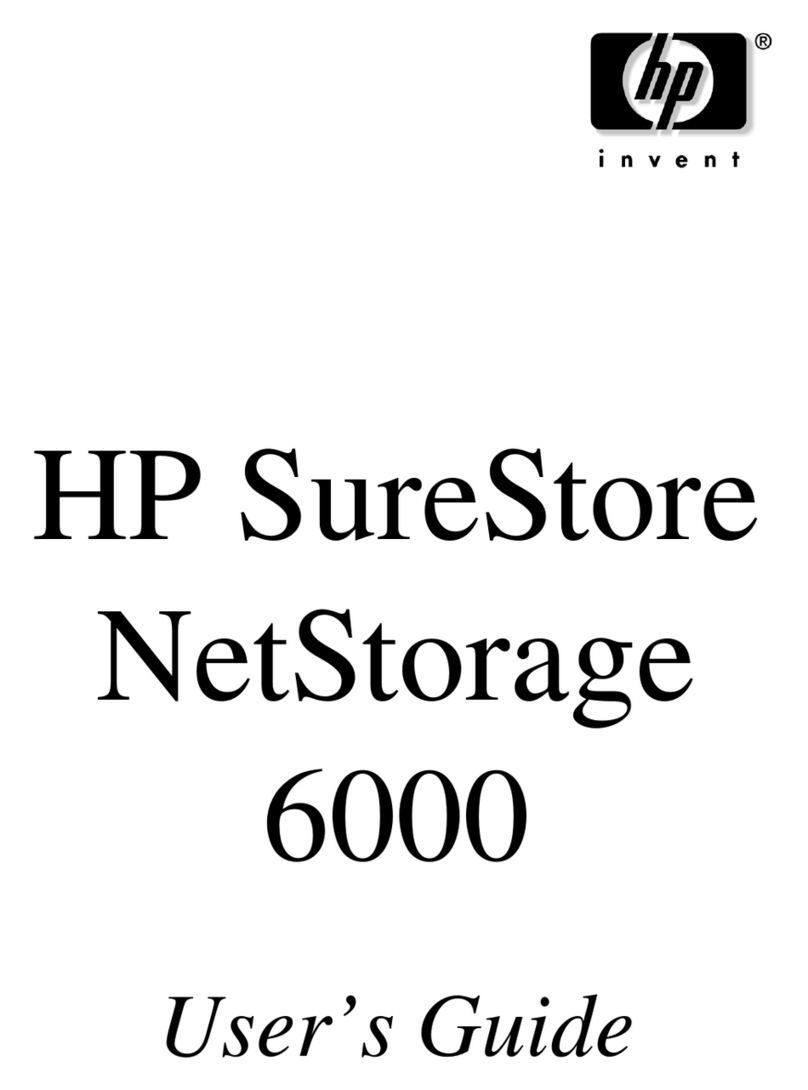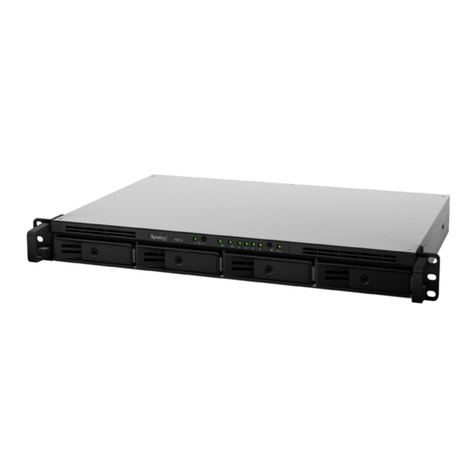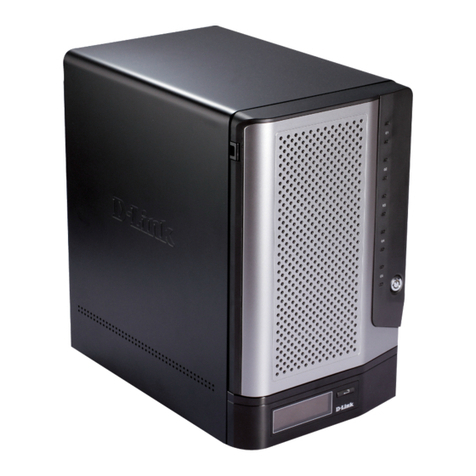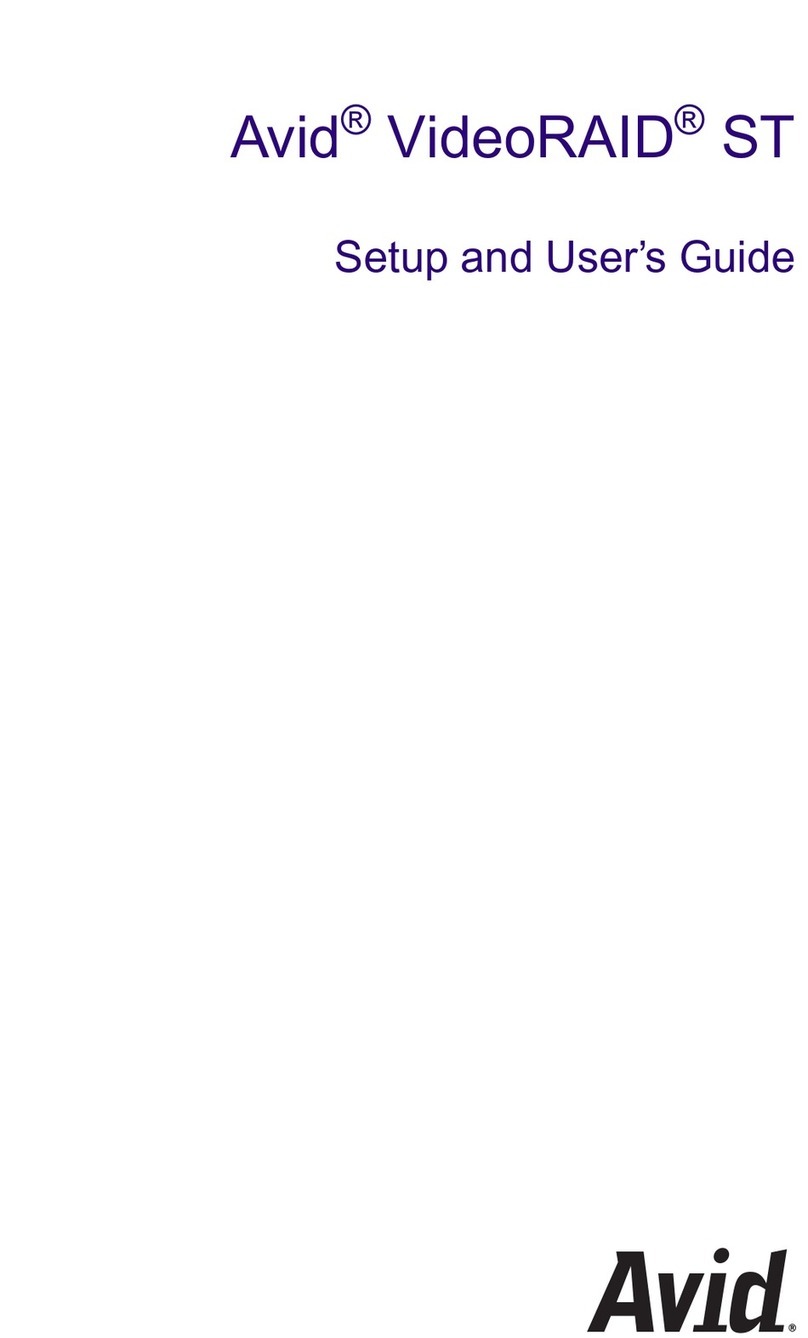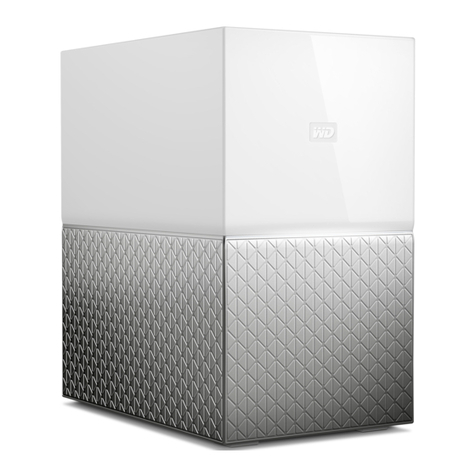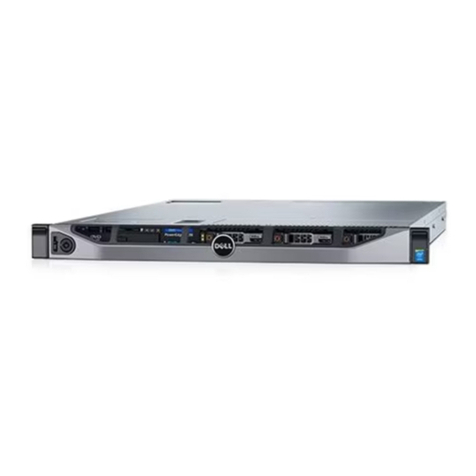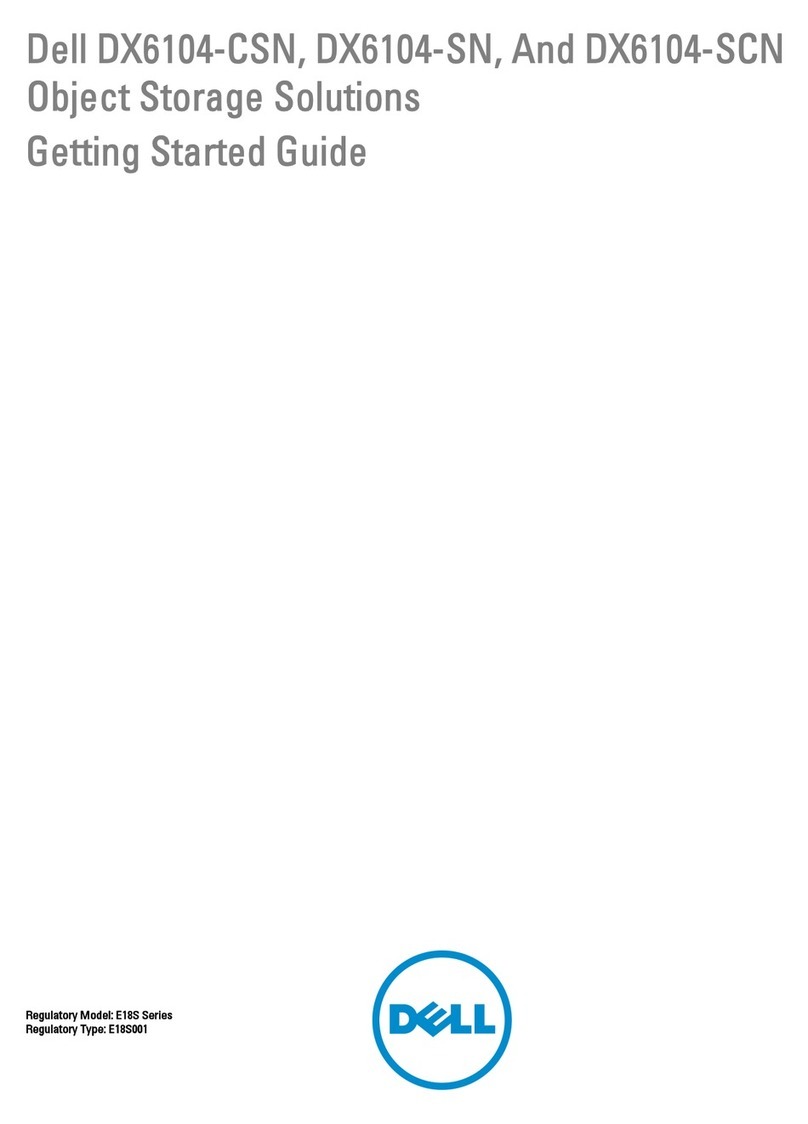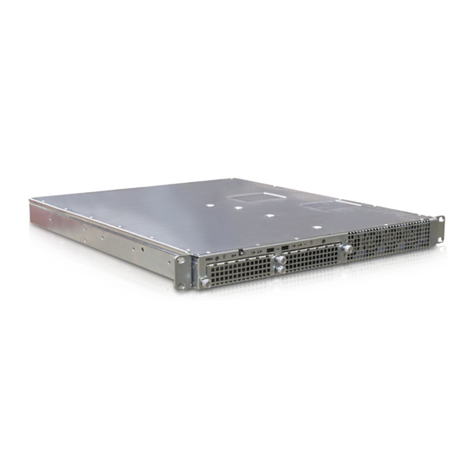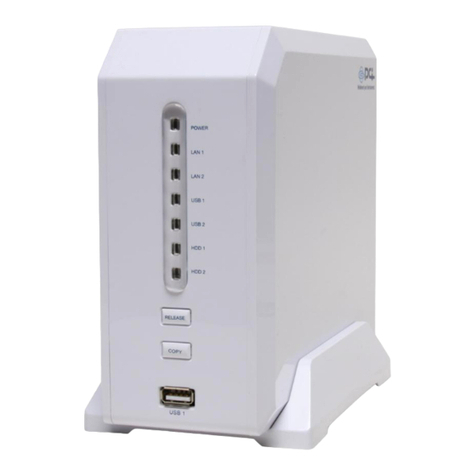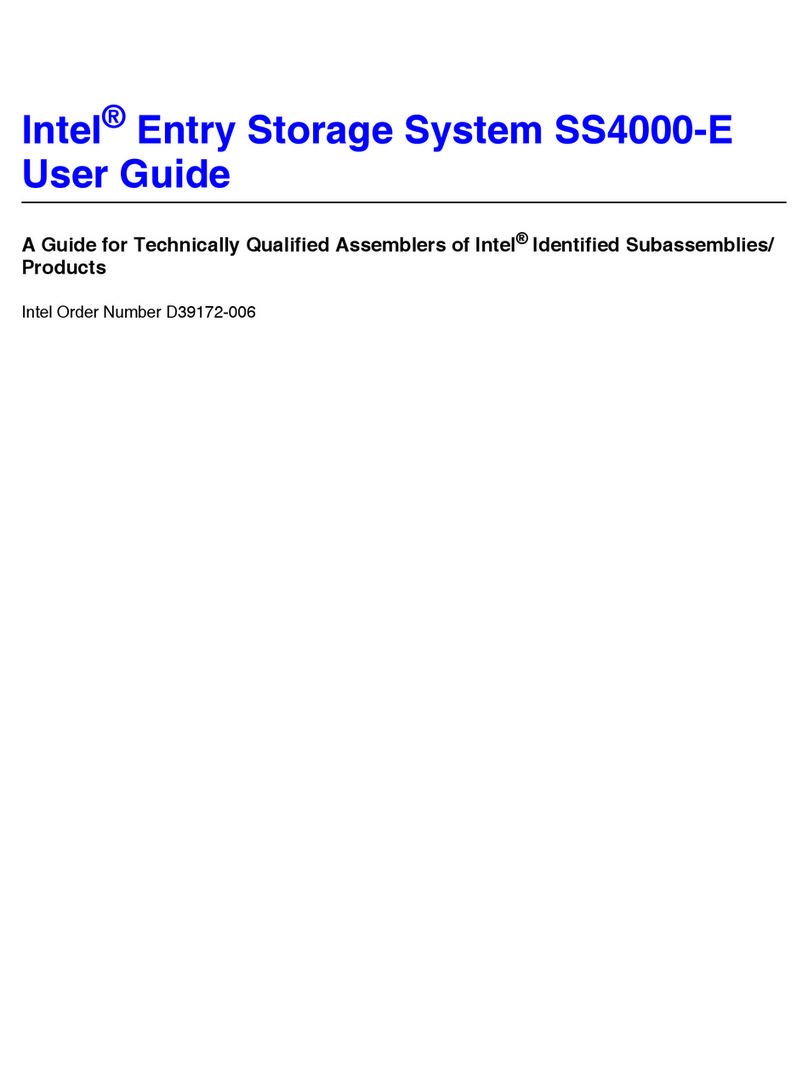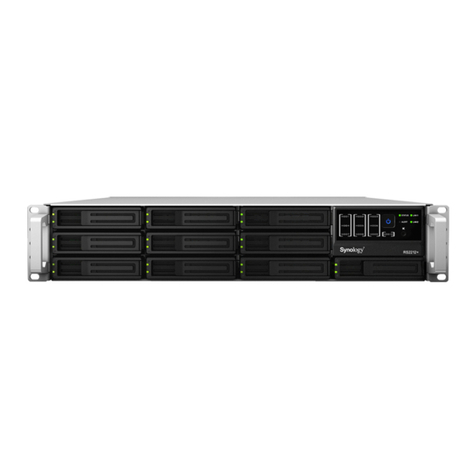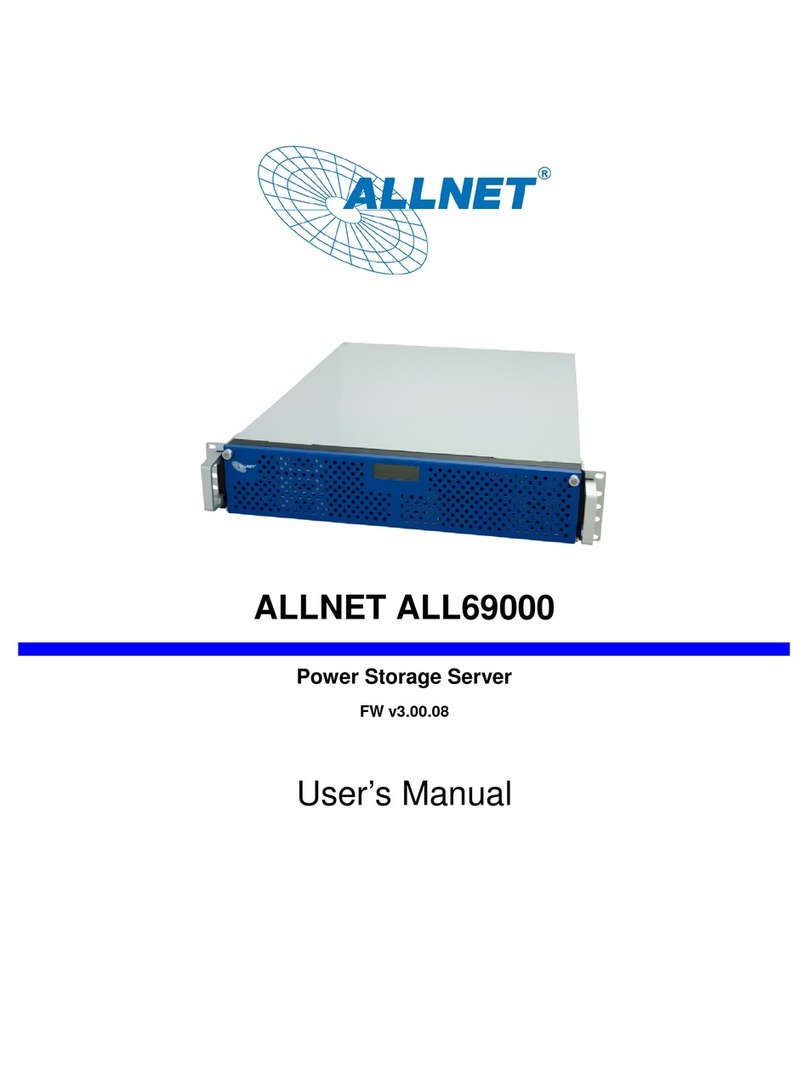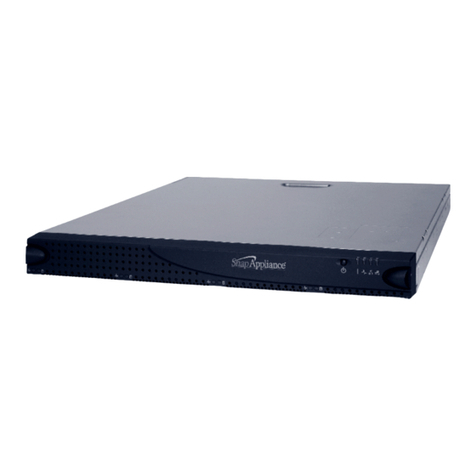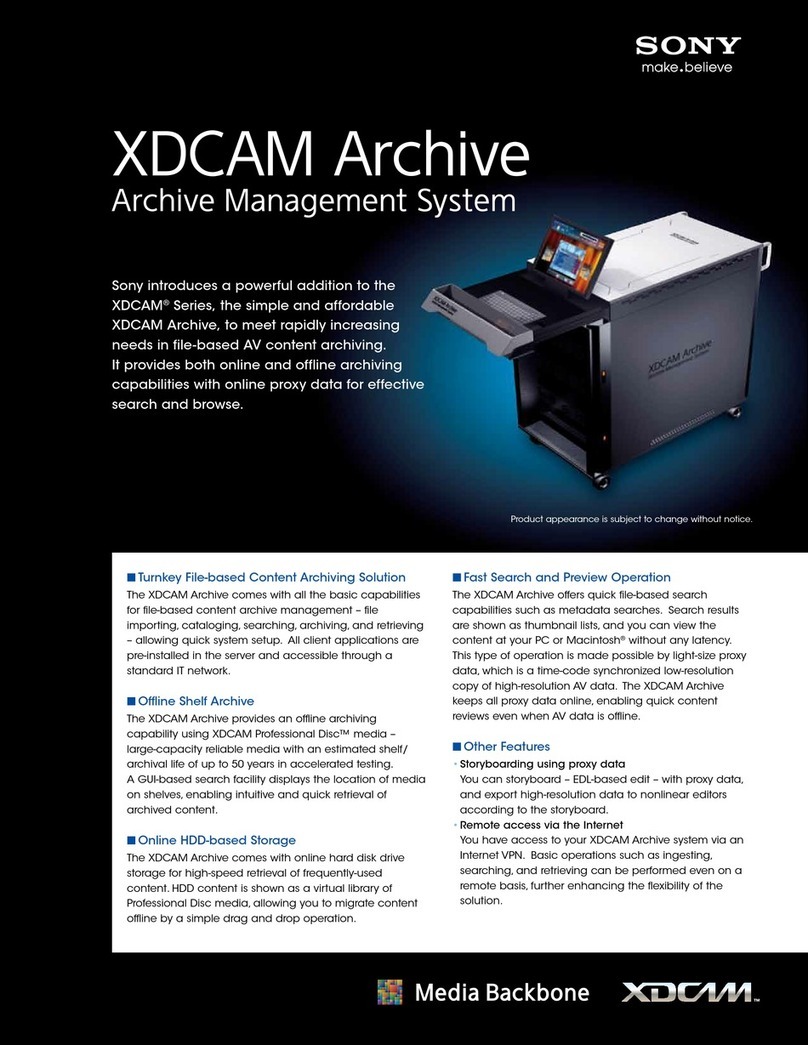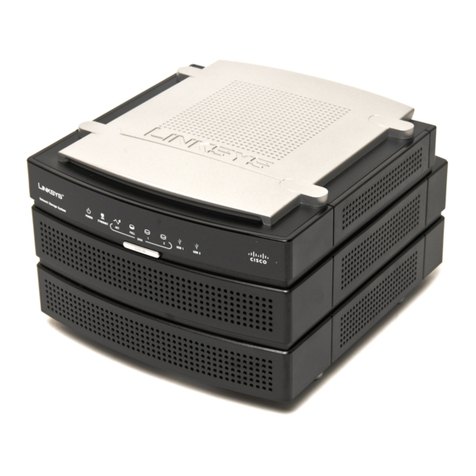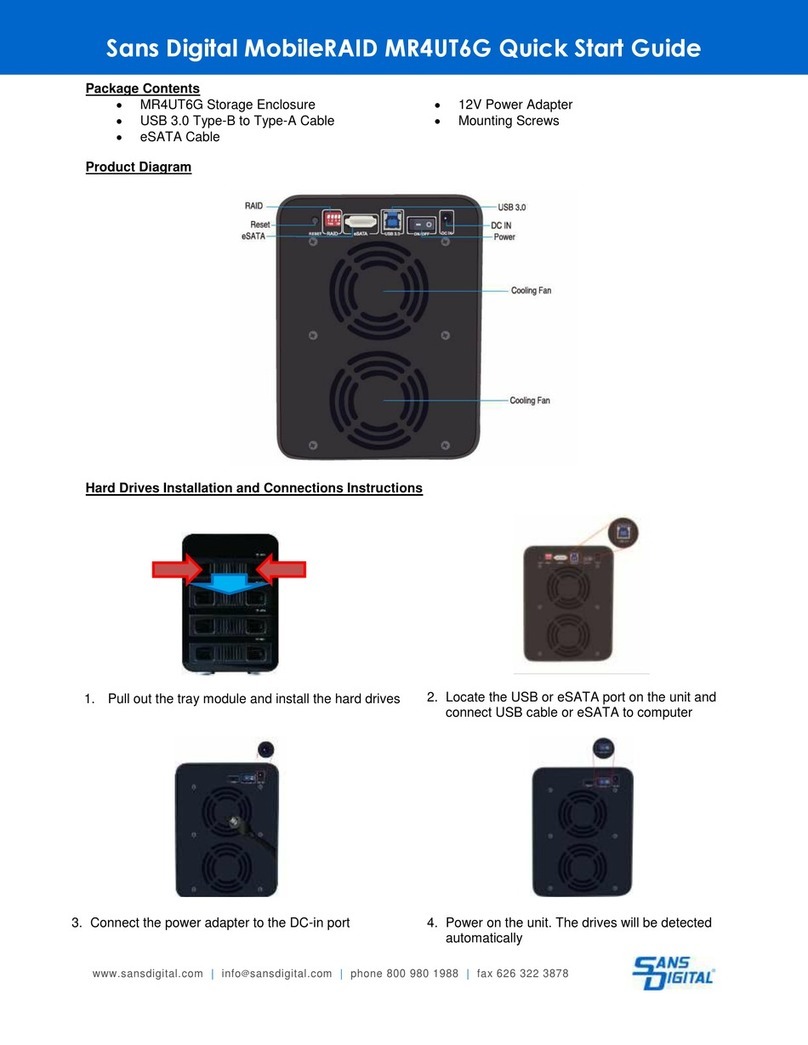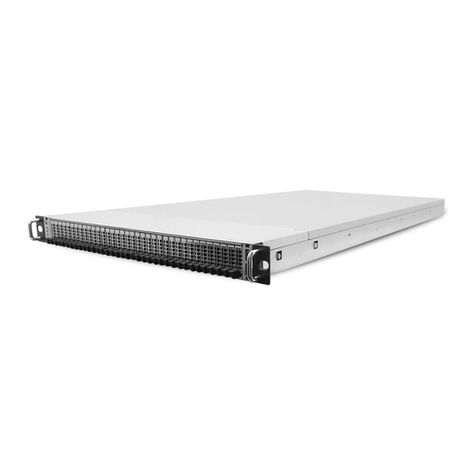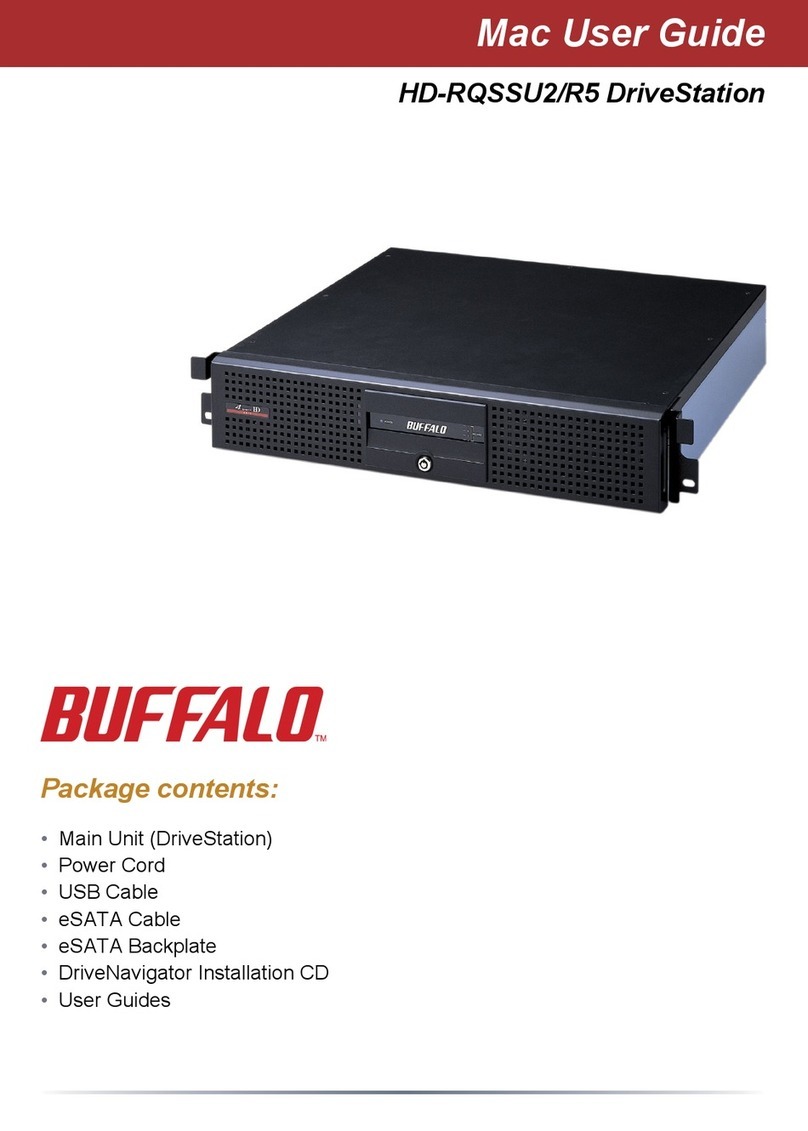Setting Up Your Dell PowerVault Network Attached Storage Solution
(continued)
Title Description
Getting Started Guide The Getting Started Guide provides an
overview of system features, setting up your
solution, and technical specifications.
This document is shipped with your system
and is also available at support.dell.com/
manuals.
Deployment Guide The Deployment Guide provides information
about the deployment of the hardware and
software for the solution. This document is
available at support.dell.com/manuals.
Owner’s Manual The Owner’s Manual provides information
about solution features and describes how
to troubleshoot the system and install or
replace system components. This document
is available at support.dell.com/manuals.
Rack Installation Instructions The rack documentation included with your
rack solution describes how to install your
system into a rack. This document is shipped
with your rack solution and is also available
at support.dell.com/manuals.
Administrator’s Guide The Administrator’s Guide provides
information about configuring, managing,
and troubleshooting the software and the
solution. This document is available at
support.dell.com/manuals.
Online Help The Online Help provides information about
configuring and managing the software.
The online help is integrated with the system
and can be accessed from the NAS Manager
web interface.
Information in this publication is subject to change without notice.
© 2012 Dell Inc. All rights reserved.
Reproduction of these materials in any manner whatsoever without the written
permission of Dell Inc. is strictly prohibited.
Dell™, the DELL
logo, and PowerVault™ are trademarks of Dell Inc.
Other trademarks and trade names may be used in this publication to refer to either
the entities claiming the marks and names or their products. Dell Inc. disclaims any
proprietary interest in trademarks and trade names other than its own.
Printed in the U.S.A.
2012 - 04
4|Preparing Your Environment for Setting Up the PowerVault NX3600/NX3610 Solution
The setup worksheet helps you plan your configuration.
Recording the IP addresses of your solution in a single location enables you to configure your setup faster and more efficiently.
Terms Used In the IP Chart
Controller—A server appliance installed with the Dell scalable file system software.
An essential component of a PowerVault NAS clustered solution.
Interconnect Private Network—A Class C subnet that is not used in your
environment.
SAN network/iSCSI network—The network that carries the block level (iSCSI) traffic
and to which the storage subsystem is connected. It is recommended that this
network be separated from the client network.
NAS cluster name—The name that is used to identify the PowerVault NX3600/NX3610
solution.
NAS management VIP—IP address that the management stations use to access the
PowerVault NX3600/NX3610 controllers.
Client access VIP—IP address that clients use to access CIFS shares and NFS exports
hosted by a PowerVault NAS solution. The PowerVault NAS solution supports multiple
client access VIPs.
MD discovery IP—The MD discovery IP is an MD storage array (iSCSI) IP address from
either the SAN A or SAN B network.
5|Deploying Your NAS Solution
PowerVault FluidFS NAS Setup Worksheet
Number of
NAS Appliances 1Number of
MD Series Arrays 1Type of
Network
Routed
2* 2* Flat
NAS Cluster
Name:
Subnet Mask: Gateway:
Primary Client Network iSCSI SAN Network
Management VIP: SAN A SAN B
NAS Appliance 0 Controller 0
Controller 0 IP Controller 1
Controller 1 IP
NAS Appliance 1*
*Controller 2 IP *Controller 2
*Controller 3 IP *Controller 3
Client VIPs MD Series iSCSI Address
Flat Network needs only one VIP Array #1 Management
Routed Networks need four VIPs per appliance Controller 0-0 SAN A
1 appliance = 4; * 2 appliances = 8 Controller 0-1 SAN B
Controller 1-0 SAN A
Client VIP # 1 Controller 1-1 SAN B
Client VIP # 2
Client VIP # 3 *Array #2 Management
Client VIP # 4 Controller 0-0 SAN A
*Client VIP # 5 Controller 0-1 SAN B
*Client VIP # 6 Controller 1-0 SAN A
*Client VIP # 7 Controller 1-1 SAN B
*Client VIP # 8 Use one IP for iSCSI Discovery in a NAS IDU.
Environment Setup
DNS Server IP SNMP Read
Community
NIS Domain
DNS Suffix SNMP Trap
Recipient
NIS Server
NTP Server IP NetBIOS Name LDAP Server
SMTP Server IP Active Directory
Domain
LDAP Distin-
guished
Name
SMTP From
E-mail Address
Switch Requirements Checklist
Client Network SAN/Internal Network
Jumbo Frames Enabled
9216 MTU Recommended Required
Port Fast Enabled Required Required
Flow Control Enabled Recommended Required
Interconnect Private Network
Select a private Class C subnet
10.255.254.x
172.31.254.x
192.168.254.x
___.___.___.x
*Applicable only to NX3610.
Launching the Initial Deployment Utility
NOTE: Download and install the NAS IDU from support.
dell.com.
The NAS IDU guides you through the network configuration
and enables you to set up and
access the PowerVault NX3600/NX3610 solution from the
management station.
NOTE: The following steps must be performed by trained
personnel. For more information on deploying your NAS
solution, see the
Dell FluidFS NX3600/3610 NAS Solutions
Deployment Guide
at support.dell.com/manuals.
From the management station, launch the1. NAS IDU
and follow the instructions on the screen.
After the configuration is complete, the Configurations
Results screen is displayed.
Completing the Setup
Copy the IQN numbers from the2. Configuration
Results screen.
NOTE: Do not close the Configuration Results screen.
Launch the3. Modular Disk Storage Manager (MDSM)
client.
Create a disk group pair.4.
NOTE: It is recommended that you create a disk group
for each virtual disk. However, you can create multiple
virtual disks in a disk group.
Create virtual disk pairs.5.
These virtual disks must be created in pairs and must
be of the same size.
Create hosts and host groups.6.
Map the virtual disks to the host group.7.
Repeat step 4 through step 6 for controller 1.8.
Close the MDSM9. client.
In the10. Configuration Results screen in the NAS IDU,
click Finish.
The NAS Manager web interface is launched and the
PowerVault Configuration Wizard is displayed.
NOTE: If the web interface does not automatically
launch, select Cluster Management→Maintenance→
Start Configuration Wizard.
6|Configuring Your NAS Solution 7|Documentation
The PowerVault NAS Manager web interface provides
information about the controllers and guides you
through the steps necessary to configure the network
for your clustered NAS solution.
NOTE: If the Start Configuration Wizard does not open
automatically, locate it under Cluster Management→
Maintenance→Start Configuration Wizard.
NOTE: If your web browser does not display the
PowerVault NAS Manager web interface, check the security
settings of the web browser, accept the security
certificate, and ensure that JavaScript is enabled.
To access the PowerVault NAS Manager web interface at
a later time, type the following URL in your web browser:
https://<NAS Management VIP>
The NAS Management VIP is the VIP of the
management station.
Default User Name and Password
The default user name for the solution is admin
The default password for the solution is Stor@ge!
To complete the system configuration, complete the
following steps using the Start Configuration Wizard:
Configuring DNS•
Configuring time•
Configuring E-mail•
Configuring SNMP•
Setting up file system•
Changing the administrator password•
Configuring system identity•
Configuring identity management•
Configuring cross protocol•
Creating NAS volumes•
Creating CIFS shares•
Creating NFS exports•
After completing the Start Configuration Wizard,
configure additional Client VIPs in the NAS Manager web
interface at Cluster Management→Network→
Subnets→Primary.
